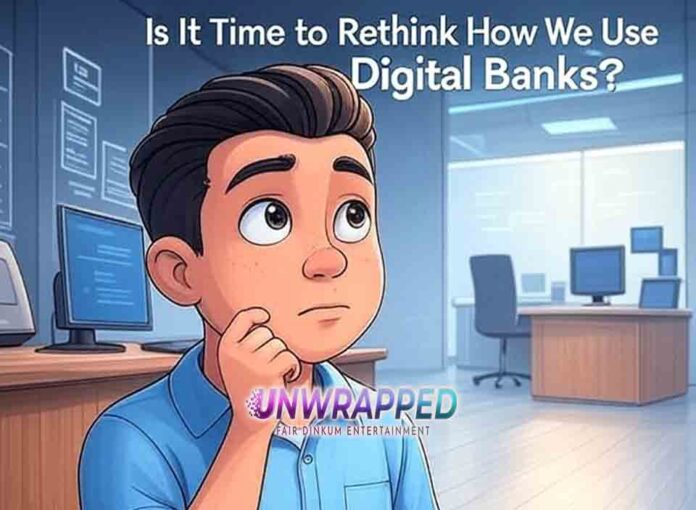There’s been a quiet shift happening in how people handle their money – especially for those working remotely, freelancing, or just trying to move away from traditional banking systems. Digital banking options are everywhere now, each claiming to be the easiest, cheapest, or most flexible.
Among the names that pop up often is Blackcat Card. If you’ve looked into mobile banking lately, there’s a good chance you’ve seen it mentioned. But let’s talk about it from a practical standpoint – no buzzwords or branding hype.
What’s Different About These New Banks?
The big shift is control. Traditional banks usually come with hidden fees, paperwork, long queues, and outdated systems. Newer services, like Blackcat, flip that model. You open an account online, get a virtual or physical card, and start managing everything from your phone. It’s less about fancy features and more about getting things done without the usual friction.
But here’s the thing most people care about: the cost.
Looking at Blackcat Prices
On the surface, blackcat prices are pretty straightforward. There’s no big entry fee to open an account, and the basic setup is free for individuals. They issue virtual cards almost instantly, and physical cards can be shipped for a small fee depending on where you live.
Currency conversion rates are another factor. If you’ve used PayPal, banks, or even Wise, you know those little percentages can add up. Blackcat’s rates seem reasonable when compared side-by-side, but it depends on how often you’re exchanging money or sending it across borders.
No service is truly “free,” but what matters is transparency. At least here, you can see the costs upfront instead of hunting through fine print.
Who’s Using These Services?
It’s not just tech bros and crypto traders. People using platforms like this tend to fall into a few categories:
- Remote workers or freelancers being paid in foreign currencies
- Travelers who want better rates and fewer surprises abroad
- Anyone tired of waiting in bank lines or calling customer support to unblock a card
That said, it’s not going to replace every banking need. If you need cash deposits or loans, you’ll still need a traditional bank. But for everyday payments, subscriptions, or transfers, these newer systems are making things a lot simpler.
Conclusion
No one platform fits everyone. But if you’re curious about how digital banks stack up – especially when it comes to fees – checking out services like Blackcat might give you a better sense of what’s out there.
It’s less about switching banks entirely, and more about having more control over how (and where) your money moves.










